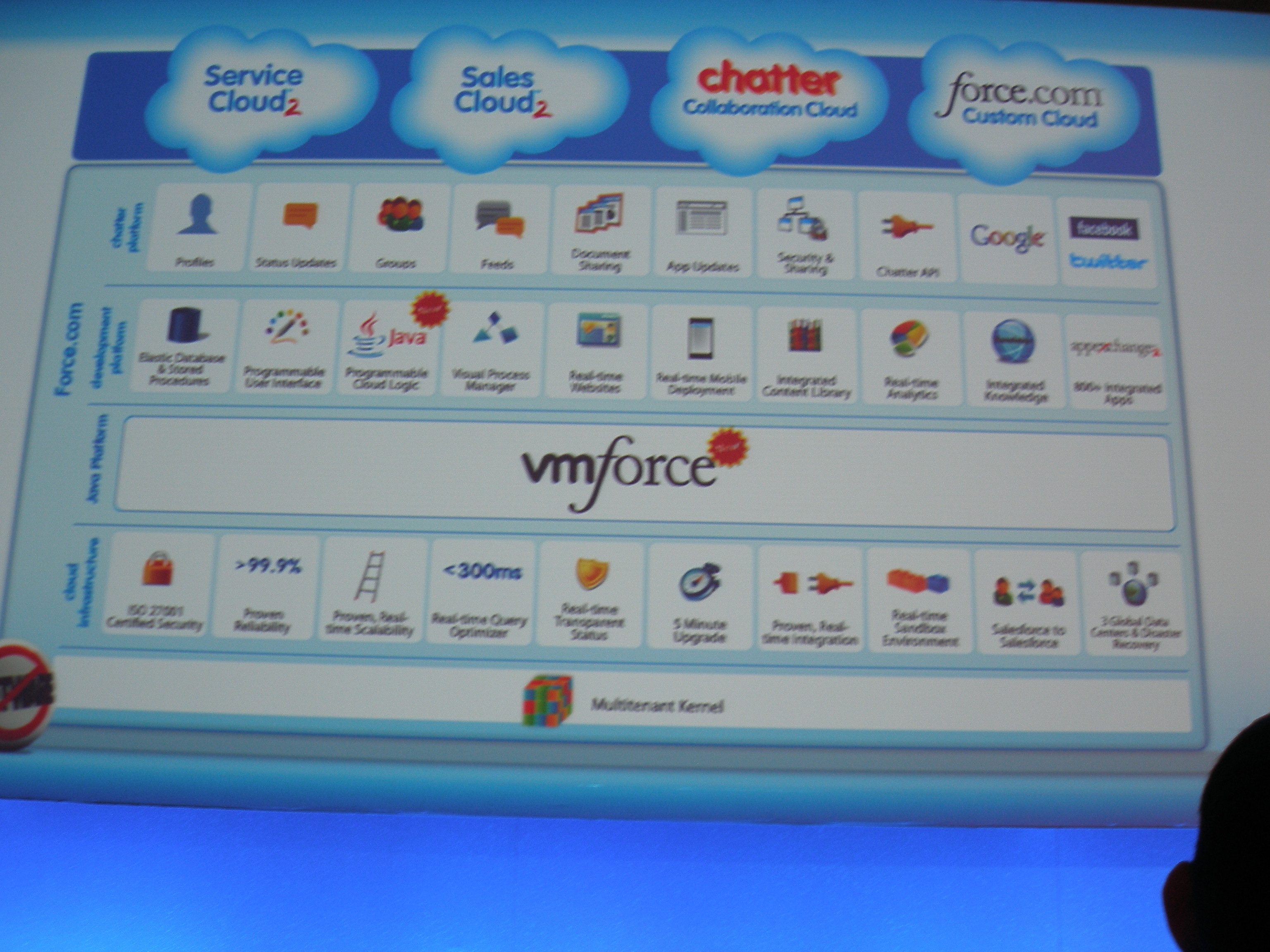VMForce – What CIOs and others really need to think about

Sometime big changes are initiated by interesting events
Little is being written about the fundamental changes that are occurring to a subset of those in the IT industry. I am speaking of the in-house IT professional that has, for decades, written custom code, patched and upgraded on-premise application software and installed/configured/tuned countless servers and databases. Their jobs are changing and changing in profound ways.
First, it was the outsourcing phenomena. That triggered firms to move lots of application maintenance work, packaged software implementations and even some custom software development offshore. Then there were the big SI’s and outsourcers who wanted to move many aspects of IT operations to lower cost countries.
Now, the cloud is changing the landscape for these workers and the CIOs who manage them. In conversations I’ve had with some CIOs lately, they want to free IT personnel from low-value added tasks (e.g., applying software patches and upgrades to on-premise software) and re-deploy these personnel on more strategic or value-added activities (e.g., like developing new custom applications that could help their employer redefine the rules of competition in their industry). Until today, I was seeing SaaS (i.e., Software as a Service) vendors helping with the former capability (i.e., obviating the customer’s need to maintain application software) but not much else in the second area (i.e., helping customers create new custom solutions).
Yes, some of the more establish SaaS providers have PaaS (platforms as a service) but the ability of these platforms to really create new applications (vs. marginally extend the cloud app) were limited in all but the best firms.
That’s changed.
A comment made by Flextronics’ CIO, Dave Smoley, at VMForce this morning, may have been prophetic. He said that VMForce “takes PaaS to the next level”. He may be right.
So, what’s the fuss about VMForce?
VMForce represents a joint effort by Salesforce.com and VMWare. Salesforce.com is a cloud applications vendor with the Force.com development platform. VMWare has tools for the development of Java code and virtualized technology. VMForce is a solution that let’s some 6 million Java programmers worldwide, many of whom are employed in the IT shops of large enterprises everywhere, to create Java code, drag an icon on a screen, and, publish the application on the Force.com cloud with a mouse click. Besides the ease of use, developers can immediately access data fields in Salesforce applications directly from VMWare tools as part of the solution development process.
Programmers (or IT departments) do not have to procure test servers, license systems management tools, configure and tune databases, etc. as part of a custom code development effort anymore. They don’t have to do these tasks once the application goes into production either. Their time is now spent exclusively gathering business requirements and encapsulating these into Java code. All of that other, low-or-no value added activity is now gone. Cloud solutions, specifically these powered up platforms as a service, are eliminating the need for this.
The implications for this announcement will take some time to sort out. From first glance, these would appear to be matters of interest to some:
- Integrators and outsourcers are going to find more of their work to be unnecessary. CIOs will need systems integrators even less as cloud purveyors are doing much of the work involved in custom development and IT operations efforts. Integrators may really need to think about becoming software vendors by utilizing these tools and their vertical industry knowledge to create something a client might value.
- CIOs may welcome the change as it releases time, resources, etc. to work on IT projects that benefit the business.
- Universities and technical schools really need to question how many database administrators and other IT roles/job positions are really needed. Moreover, they may want to really beef-up the part of their curriculum that teaches students how to identify latent or strategic business requirements and get those incorporated into a cloud solution fast.
VMForce may have kicked off a whole new wave of conversation in IT circles. Let’s see where it goes.
Disclosure: SFDC provided airfare and lodging for this event.
